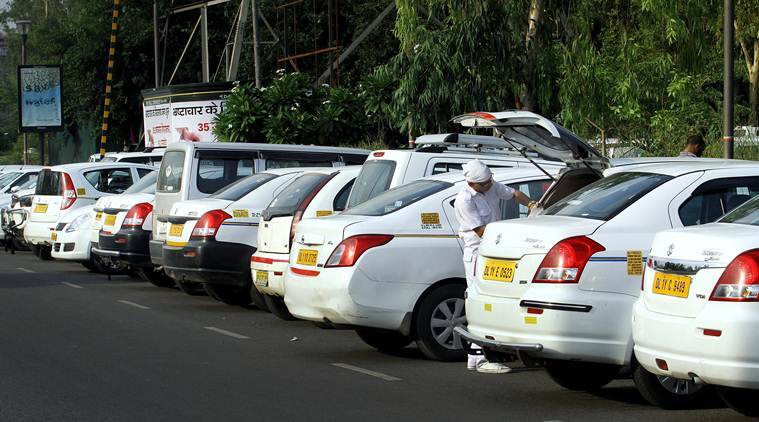The pandemic has been the most brutal hit to the Indian economy. Thousands have lost their jobs, and millions are forced to return to their homes in rural settings, from their urban settlements. However, what has become a new perspective to look towards growth, and has gained massive attention is the gig economy, which should be given more credit that it is given.
What is gig economy?
Gig economy includes all types of jobs on a contractual/time-bound basis or per-delivery basis. Cab drivers, delivery staff, home service providers and other skilled freelance professionals across IT, design, consulting, digital marketing, etc, make up a major chunk of this economy.
Hence the gig economy is the economy that has surfaced only in the recent times, due to massive digital age, and when unemployment stands at a whopping 23.5% high in 2020.
It is also discovered that post-lockdown, it is the salaried sector that has been the most difficult to access. While small traders, and wage workers have seen unemployment being generated by the government, only the skilled-salaried have not seen such attention.
ASSOCHAM predicted in January 2020 that India’s gig economy will grow at a compound annual growth rate (CAGR) of 17 per cent to $455 billion by 2023. In line with the prediction of ASSOCHAM, a report by FICCI, EY, and NASSCOM, states that India is leading in terms of online labour market globally with a 24 per cent share.
However, the same kind of growth in the post-Covid era would be difficult to develop, but if the right policies are being shaped up to boost the gig economy, it could be done.
Challenges to recover Gig Economy:
First and foremost, the retrieval of the labourers who have gone back to their rural/semi-rural homes would need the right policies and incentives to ensure that they come back and work. Only if they would be given the promise of protection against unemployment, industry could hope for their return.
Second, the digital economy, in consideration with the most prominent Service sector facilities has also seen a hit, whether the cab services, or the food delivering services, or even the event management sector. The blow of Covid-19 has been rough, and some industries wouldn’t be able to recover by themselves, without the State support.
For instance, in the US, where gig workers were expected to grow by 43 per cent in 2020 according to Bureau of Labor projections, federal coronavirus relief bill of $2 trillion has been announced whereas the UK government’s aid package will give relief to 3.8 million gig employees.
The right policies and regulations would be needed in order to also maintain a quality and regularity of work that is being given. This is on the organizations that hire such employees that, even if the employment is not permanent and is time-bound, the protection of the rights of the worker needs to be done, as well as the protection and security of the clients of the company.
Gig economy could see a growth that is unprecedented. The studies have shown that digital companies grow 2.5 times the legacy companies, and investments in the sector could boost back the economy, and also could ensure returns for the investors.





